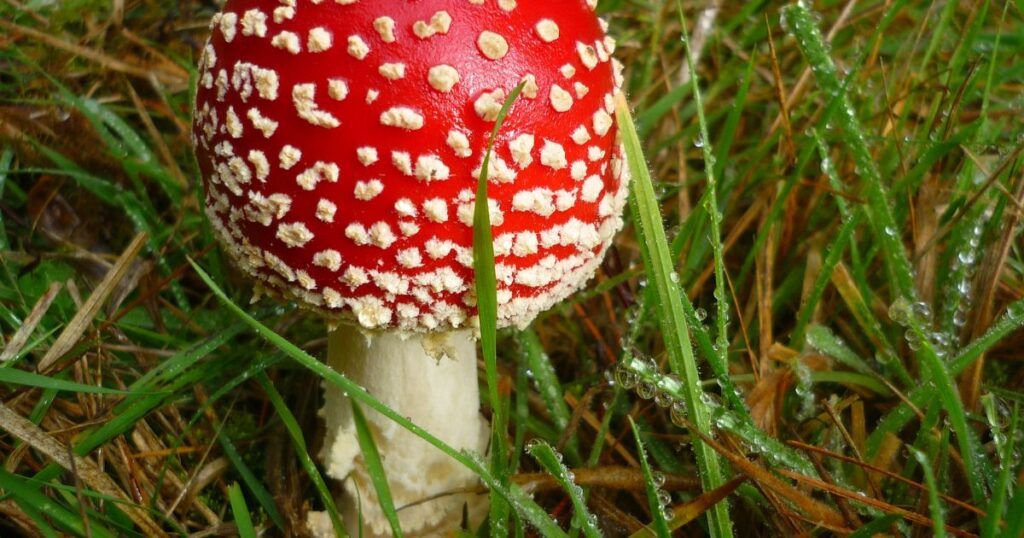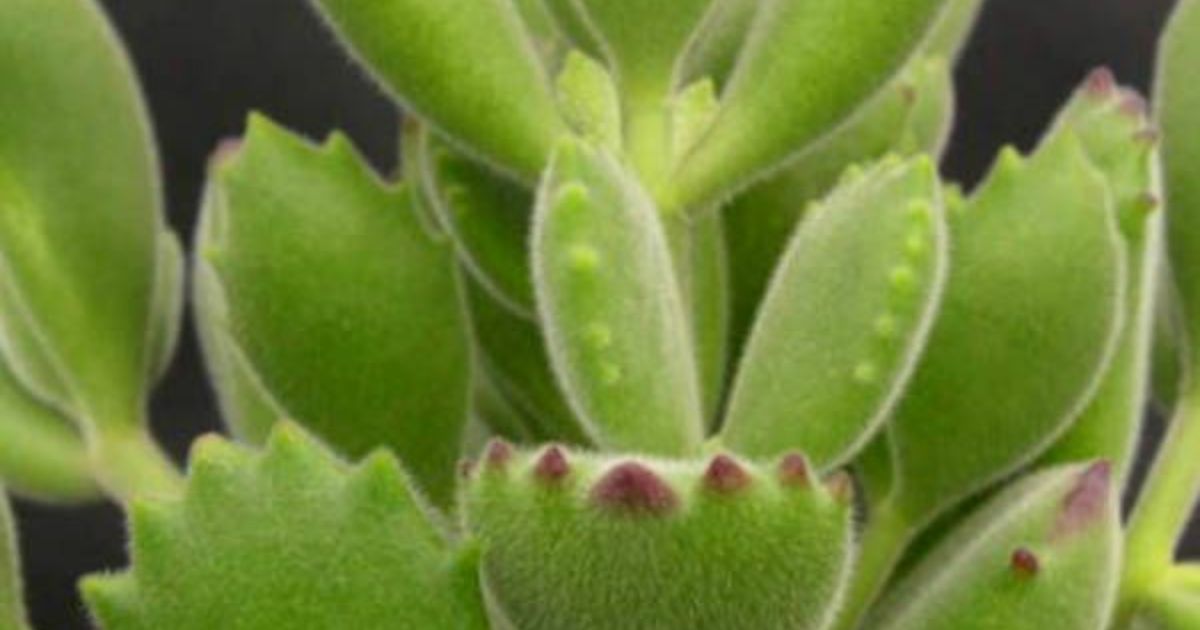If you’ve ever grappled with the annoyance of tiny flying insects around your succulents, you’re likely familiar with the phrase How To Get Rid Of Gnats On Succulents.This refers to the process of eliminating gnats, small flying pests, that can infest the soil of your succulent plants.
How To Get Rid Of Gnats On Succulents can become a pressing question for succulent enthusiasts. Picture this: you have a beautiful arrangement of succulents, and suddenly, tiny, pesky gnats start hovering around. Not only are they a nuisance, but they can also harm your succulents
Dealing with the challenge of How To Get Rid Of Gnats On Succulents involves a combination of preventive measures and targeted treatments. Overwatering is a common culprit, as it creates a hospitable environment for gnats to thrive. Adjusting your watering routine and using well-draining soil are essential steps.
What are those pesky flies?
Succulent lovers often wonder about those pesky flies hovering around their prized plants. These tiny nuisances are known as fungus gnats, scientifically referred to as Sciaridae. These flies are attracted to the moisture and decaying organic matter in succulent pots, making them a common issue for plant enthusiasts. While their presence might seem harmless at first, the larvae of fungus gnats can pose a threat to succulents by damaging the roots and affecting overall plant health.
To prevent these pesky flies from becoming a persistent problem, it’s crucial to understand how to keep fungus gnats from coming back.
Keep Fungus Gnats From Coming Back

To ensure the persistent absence of fungus gnats, succulent owners must adopt proactive measures. One primary factor contributing to gnat infestations is overwatering. Fungus gnats thrive in moist environments, making overwatered soil an attractive breeding ground. Adjusting watering habits to allow the soil to dry out between sessions is an effective strategy. Succulent enthusiasts often inquire, succulent plants need sun Indeed, sunlight is crucial for their well-being, but finding the right balance, avoiding overexposure, is key to preventing issues like overwatering and fostering a healthy environment for your succulents.
Additionally, implementing proper soil drainage, using well-draining succulent soil, and maintaining a clean planting area are essential steps in preventing the recurrence of fungus gnats. By addressing these factors, succulent enthusiasts can create an environment that discourages the return of these pesky flies.
What Causes Succulent Gnats
Understanding the specific causes of fungus gnats on succulents is crucial for effective prevention. One primary factor is the use of improper succulent soil. Gnats thrive in soil that retains excess moisture, and standard potting mixes may not provide adequate drainage for succulents.
To avoid creating a welcoming habitat for these pests, it’s advisable to use well-draining succulent soil. This adjustment not only discourages gnat infestations but also promotes the overall health of succulents by preventing waterlogged roots.
Here is a table summarizing key data related to preventing and addressing fungus gnats on succulents:
| Key Factors | Prevention Measures |
| Proper Watering | Allow soil to dry between watering sessions |
| Well-Draining Succulent Soil | Use soil that promotes optimal drainage |
| Clean Planting Area | Regularly inspect and maintain cleanliness |
| Address Overwatering | Adjust watering habits to prevent excess moisture |
| Natural Predators | Introduce beneficial nematodes for gnat control |
How To Get Rid of Gnats on Succulents
For those wondering how to get rid of gnats on succulents, a systematic approach can prove highly effective. Identifying the source, adjusting watering habits, introducing natural predators, maintaining cleanliness, and considering insecticides in severe cases are the key steps to address gnat infestations. By following these practical measures, succulent owners can eliminate gnats and create a healthier environment for their plants.
What are Fungus Gnats?
Fungus gnats, scientifically classified as Sciaridae, are small flying insects that often plague succulent enthusiasts. These pests are attracted to the moist soil and decaying organic matter present in succulent pots, making them a common issue for those cultivating these plants. The larvae of fungus gnats can pose a threat to succulents by damaging the roots and impeding their overall growth and vitality.
What Causes Fungus Gnats on Succulents?
The root cause of fungus gnats on succulents is often linked to inappropriate soil conditions. Using standard potting mixes that lack proper drainage can create a favorable environment for gnats to thrive. Succulent owners may inadvertently contribute to gnat infestations by overwatering their plants or using soil that retains too much moisture. To combat this, adopting well-draining succulent soil is crucial, as it helps maintain a balanced moisture level and discourages the presence of fungus gnats.
Using Wrong Succulent Soil
The choice of succulent soil plays a pivotal role in preventing and addressing gnat infestations. Using the wrong soil, one that retains excessive moisture, can create an ideal breeding ground for fungus gnats. Opting for a fast-draining succulent soil mix that mimics the natural conditions of succulents’ native habitats is key. This adjustment not only safeguards against gnat-related issues but also promotes optimal growth and health for succulents.
How to get rid of Gnats on Succulents
When faced with the challenge of eliminating gnats on succulents, employing a combination of practical measures is essential. Adjusting watering habits, introducing natural predators, regularly inspecting plants, and considering insecticides in severe cases are effective ways to combat gnat infestations. By following these steps, succulent owners can enjoy a gnat-free environment and ensure the health and vibrancy of their plants.
How to Prevent Fungus Gnats for Good
Preventing fungus gnats from becoming a recurring issue involves adopting proactive measures to create an inhospitable environment for these pests. Using fast or well-draining succulent soil, implementing proper watering practices, maintaining a clean planting area, and considering quarantine for new succulents are key strategies for long-term gnat prevention. By incorporating these preventive measures, succulent enthusiasts can enjoy a thriving collection of plants without the constant threat of fungus gnats.
FAQs
How do I identify if my succulents have gnats?
Inspect your succulents for small flying insects or observe the soil surface for signs of gnats. If you notice tiny pests or dark, fungus-like growth, it’s likely a gnat issue.
Can overwatering attract gnats to my succulents?
Yes, overwatering creates a damp environment in the soil, attracting fungus gnats. Adjust your watering routine to prevent excess moisture.
Are fungus gnats harmful to succulents?
Yes, the larvae of fungus gnats can damage succulent roots, compromising the overall health and growth of the plants.
Can I use regular potting soil for succulents?
Using regular potting soil increases the risk of gnat infestations. Opt for fast-draining succulent soil to discourage gnats and promote plant health.
What’s the role of beneficial nematodes in gnat control?
Beneficial nematodes are natural predators that help control gnat populations in the soil, providing an eco-friendly solution for succulent owners.
Conclusion
In the world of succulents, dealing with gnats is a common challenge, but armed with the right knowledge, it’s a conquerable one. By understanding the causes of gnat infestations and implementing practical solutions, succulent enthusiasts can maintain a healthy and thriving plant collection. Adjusting watering habits, using well-draining soil, and staying vigilant against potential gnat breeding grounds are key steps in the battle against these pesky flies.
succulent success, don’t forget the importance of a proactive approach. Regularly inspect your plants, choose the right soil, and be mindful of watering practices. Whether you’re a seasoned succulent aficionado or a newcomer to the world of these resilient plants, the knowledge of how to get rid of gnats on succulents equips you to enjoy the beauty of your plants without the annoyance of unwanted guests.










